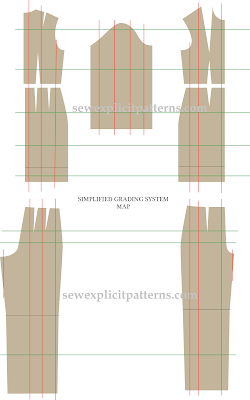Why I Stopped Publishing New Sewing Patterns + ARIA Pattern Review
In September of 2016, I released my first 3 sewing patterns and by August of 2017, I had published 4 more. In between, I had also released 2 sloper/block patterns. Then nothing, no new pattern till now (February of 2021). What happened you may be wondering? Well, I started working on a clothing line in the latter part of 2017 and released a ready-to-wear clothing collection named under the brand name "Simplitude" in about May of 2018. You can view pictures of this collection on the Simplitude Instagram and Facebook accounts. This took a lot of my time, energy, and efforts so I couldn't work on releasing new sewing patterns. Also, I was not selling enough sewing patterns to make a decent income. My marketing skills, especially social media skills were not (and still not) all that.




